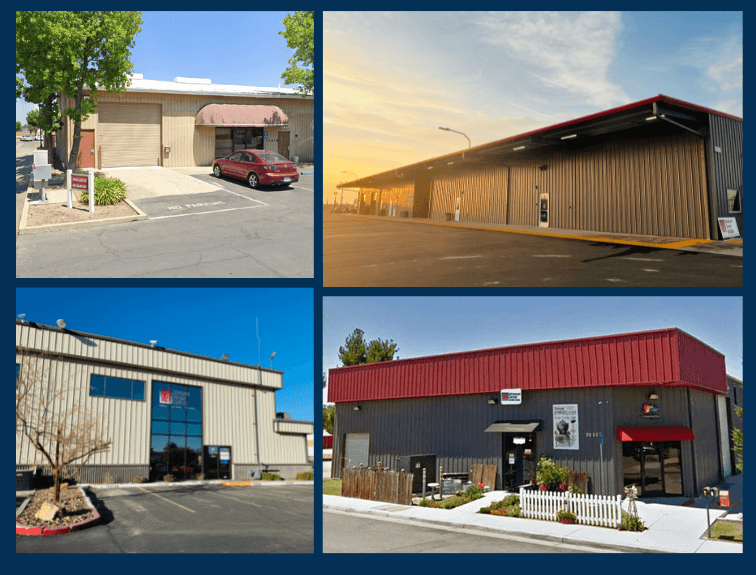Updated April 2022
Once you’ve completed your truck driver training courses and earned your Commercial Driver’s License (CDL), you still need to determine which type of driving position best suits your needs and lifestyle. Your skills are a very marketable commodity now, but it’s essential to understand and choose the right type of driving situation. There are three common types of truck driving options: local, regional, and over-the-road (OTR). Each one covers a specific area, and the salaries will vary accordingly.
Local
Local drivers are typically company drivers, which means they work for one specific company. They follow a regular route and stay within 250 miles of their home terminal.
PROS
- Home Time: Local drivers generally begin work in the morning and return home in the evening. There could be the occasional overnight load. Most drivers are off weekends and holidays.
- Fewer Hours Behind the Wheel: Local drivers can move more frequently and stretch their muscles.
- Consistent Routes: Routes are generally the same daily routes for the same companies.
CONS
- Weekly Pay: Local drivers average between $700 and $900 weekly.
- Loading and Unloading Freight: You may be required to physically load and unload the freight you deliver as a local driver.
- Long Working Hours: Even though you’re home every night, many shifts begin as early as 4:00 a.m., and you may not return home until 6:00 p.m.
Local truck driving routes are becoming more and more critical as new drivers enter the trucking industry. According to the Bureau of Labor Statistics, local and regional truck driving jobs are expected to grow by 12% in the next decade. This increase is due to new and current drivers interested in better working conditions and hours allowing them to be home more often.
Regional
Regional drivers work within one specified area. For instance, Fresno drivers may have a regional route covering a portion of California, Oregon, and Nevada. You may be on the road during the week and at home on weekends.
PROS
- Home Time: You will generally live in the same region where you work so that you will be home regularly.
- Freedom: Regional drivers enjoy the freedom of the open road while still staying somewhat close to home.
- Salary: An average regional driver’s annual salary is approximately $63,000, according to talent.com.
- No Loading or Unloading Freight: Most regional drivers are not required to handle the freight they carry. The companies that send and receive the cargo typically have the staff to take care of moving the freight on and off the truck.
CONS
- Quick Turnaround: You may be required to deliver a load and immediately pick up another to return to your home area. That means that you will have longer hours behind the wheel with less time to stretch.
- Salary: Some or all of your salary may depend on the loads you’re carrying. To earn the best salary available in this category, you may need to fit in long runs.
Trucking companies are making a move to more regional routes to attract new drivers. Regional truck drivers have been fast-growing recently because these routes provide a work-life balance for new drivers. New drivers can still make a good salary while working regional routes while still being able to return home.
Over-The-Road (OTR)
OTR drivers can cover the lower 48 states; however, the routes and loads you carry depend mainly on the company you work for. Some companies may stay within a regional area, such as the western states, or require you to travel extensively from coast to coast.
PROS
- Salary:
- The average annual salary for an OTR driver based in Fresno, CA, is approximately $74,322, according to Indeed. That does not include bonuses and benefits. Salaries can also reach the $80,000 range if you work as part of a team.
- Travel: An OTR driver can enjoy the best of both worlds. You can travel and see the country while earning a living.
- Paid Time Off: Jobs.net states that a driver is required to receive 34 hours off for every 70 hours worked. You are also limited to 11 hours of driving per day. So, you may work 14 hours, which includes loading or unloading, so long as your actual drive time does not exceed 11 hours.
- Freedom: As an OTR driver, you may also choose which time of day you prefer to drive.
- No Freight Loading or Unloading: The companies on your delivery schedule will provide their dedicated dock workers.
CONS
- Minimal Family Time: You may average one day home every two to three weeks.
- Long Hours Behind the Wheel: This can make anyone very tired and sore from not being able to be up and moving throughout the day.
Truck drivers with a CDL are currently enjoying a marketplace that offers a great deal of opportunity. Depending on your individual circumstances, you may choose to work as a local driver, cover a larger space on the regional circuit, or span the lower 48 states as an OTR driver. The sky’s the limit.
When you’re ready to get serious about your new career as a truck driver, give Advanced Career Institute a call. We’ll be happy to meet with you to discuss the available options and possibilities.




